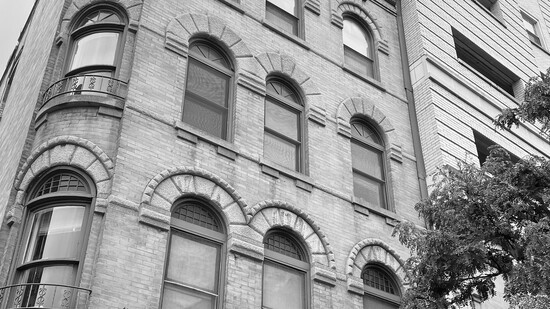Flânerie, the art of the flâneur, represents one of the most elegant forms of urban exploration. Born in 19th century Paris, this practice transcends simple wandering to become a philosophical approach to experiencing the city.
The flâneur (or flâneuse for women) is not merely a stroller but an urban observer—someone who walks the city to experience it fully, without a predetermined destination or timeline. Unlike the hurried commuter, the flâneur moves at a leisurely pace, absorbing the sights, sounds, and energy of urban spaces.
The concept emerged during Paris's transformation under Baron Haussmann, when wide boulevards replaced medieval streets, creating new spaces for public life. Writers like Charles Baudelaire immortalized the flâneur as a "passionate spectator", someone who could be "away from home and yet feel oneself everywhere at home."
What distinguishes flânerie from tourism or casual walking is its mindful quality. The flâneur engages in a form of meditation through movement, developing what Walter Benjamin called the "botanizing on the asphalt"; This practice involves noticing architectural details, observing social interactions, and contemplating the pulse of urban life with the detached curiosity of a scientist and the sensitivity of an artist.
The modern flâneur exists in counterpoint to our efficiency-obsessed culture. In an era where navigation apps optimize our routes and smartphones constantly demand attention, flânerie offers radical presence. It invites us to look up, look around, and rediscover our surroundings with fresh eyes.
Practicing flânerie requires little more than comfortable shoes and an open mind. Begin by leaving digital devices behind or at least silenced. Choose an area—perhaps a neighborhood you think you know well—and allow yourself to be drawn by whatever catches your attention: an unusual doorway, an intriguing café, a fragment of conversation.
The rewards of flânerie extend beyond pleasure. Regular practitioners report enhanced creativity, as the mind makes unexpected connections while wandering. Urban planners and architects gain insights into how people actually use spaces. Writers and artists find inspiration in the countless small dramas unfolding on city streets.
Flânerie also offers a different way of knowing a city. Unlike the tourist following a checklist of monuments or the resident following habitual paths, the flâneur discovers the living character of neighborhoods—their rhythms, tensions, and transformations.
In recent years, flânerie has experienced a revival as people seek authentic experiences in increasingly homogenized urban landscapes. Walking collectives organize group drifts through cities worldwide. Photography enthusiasts practice "street photography"; in the tradition of flâneurs with cameras. Even some businesses now offer flâneur walks as creative exercises for employees.
At its heart, flânerie remains a democratic art. It requires no special equipment or training—only the willingness to slow down and pay attention. In doing so, the flâneur transforms ordinary streets into theaters of possibility and mundane moments into opportunities for discovery.
In an age of virtual experiences and mediated reality, the direct encounter with the urban landscape that flânerie provides becomes not just pleasurable but essential—a reminder that the most profound experiences often come not from seeking extraordinary destinations but from bringing extraordinary attention to the world right before our eyes.
